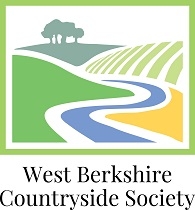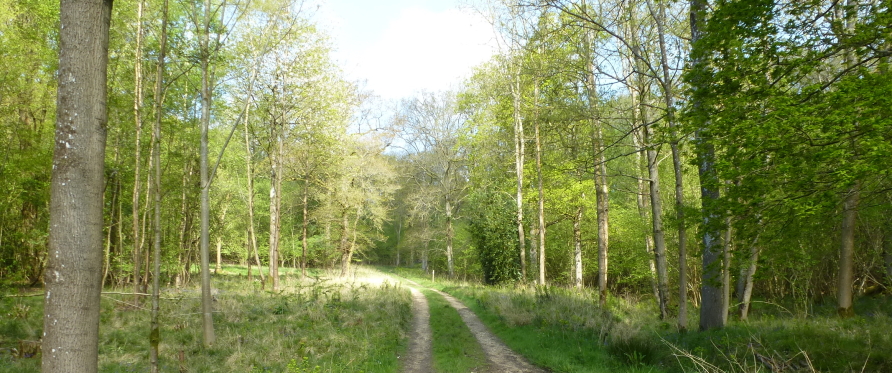The Barn Owl Group
The Group operate throughout West Berkshire with most of the activity in the Pang and Kennet Valleys. Barn owls need good habitat to prosper and this means rough tussocky grassland where their main prey species, the short-tailed vole can breed successfully.
The group was set up round about the year 2000 when about 40 nest boxes were installed in the Pang Valley. Over the years more boxes have been added and we have expanded into the Kennet Valley. We are now looking after about 140 boxes. There are currently about 20 active volunteers who divide into teams of two or three with each team looking after 10 to 20 boxes. Barn owls are late breeders and this means that most of the box surveying is done in the summer months of June, July and August. Successful breeding depend on availability of the short-tailed vole and this can vary considerably from year to year. We had our most successful year ever in 2014 when 173 barn owl chicks were estimated to have flown from our nest boxes. 2015 was less successful with 31 chicks fledged.
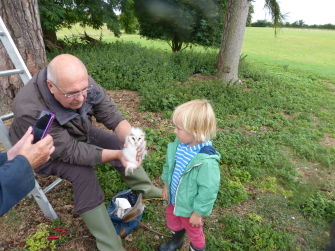
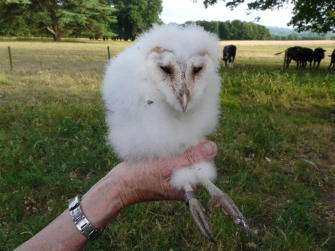
Outside of the summer breeding season a small team of enthusiastic volunteers carry out maintenance work and put up new boxes.
All barn owl activities are carried out under procedures laid down by Natural England. Most volunteers have attended a formal training course and done practical work under the supervision of an experienced person. This qualifies them to be a named “Agent” on a Disturbance Permit issued by the British Trust for Ornithology. Courses are run from time to time as the need arises. We also have a small number of persons who are qualified as “Ringers” and we try to arrange for all barn owl chicks to be ringed to help in research into the species.
If you are interested in getting involved with barn owl work you need to be physically fit as some boxes are some distance from roads and ladder carrying and climbing is necessary. You must also be prepared to contribute to record keeping. Working arrangements vary from group to group to meet everyone’s availability. The installation team operate on Mondays but this can also vary.
A quick return!
Recently the Barn Owl Group received an enquiry from a landowner living near Peasemore. He wanted help and advice regarding installation of a barn owl nest box on his land.
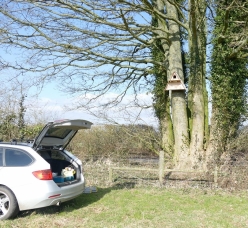
The Group Leader for this area, Cathy, quickly gathered a team together to survey his land. They concluded that the habitat was good for short-tailed field voles and this means it would also be good for Barn owls. The installation gang were called in and an A-box was installed, unusually in a sycamore tree. In this area most boxes are installed in oak trees with an occasional ash tree so a sycamore was out of the ordinary. With the installation complete the team departed with fingers crossed promising to return in early July. Barn owls are late breeders. The enthusiastic landowner was told not to expect too much as the Group Leader explained that on average only one box in 5 attracts a breeding barn owl and anyway the installation was bit late to attract a barn owl this year.
In early July the team returned and to their delight and amazement a female barn owl exited the box as they approached and they found 5 warm eggs within. Progress was monitored with minimal disturbance over the following weeks. 5 chicks hatched with one smaller than the others and he disappeared along the way but the others grew apace so that they could be ringed at the end of August and subsequently flew from the nest in September. The landowner was ecstatic!
The Barn Owl Group installed the above nest box and several other boxes in the North Wessex Downs Area of Outstanding Natural Beauty over the last year. This work would not have been possible without the help of the North Wessex Downs Landscape Trust. The Trust made a grant to the Group so that they could purchase the specialist materials and equipment for volunteers to make and install these boxes.
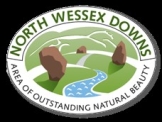
This project has been supported through the North Wessex Downs Sustainable Development Fund – for more information or to apply please visit www.nwd-landscapetrust.org.uk
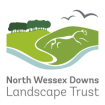
Copyright @ West Berkshire Countryside Society 2025
